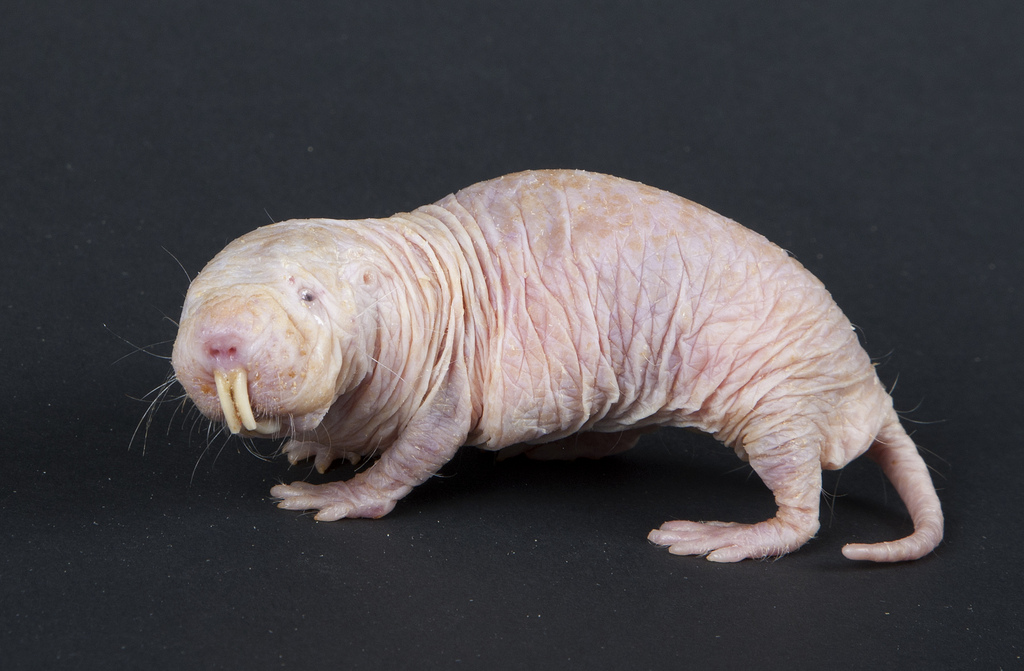
The typical lifecycle of animals is familiar to us all. We’re born, we reach sexual maturity, we grow old and—eventually—we die. Old age, or ‘senescence’, is the gradual accumulation of cellular degradation and happens to all humans. The older we get, the more likely we are to die.
Yet there are some animals for whom this does not apply; animals that do not have any measurable decline in survival as they age, nor do they display any reduction in reproductive capability. This lack of the symptoms of ageing is called ‘negligible senescence’ and applies to many different species throughout the animal kingdom, including these five.
1. Aldabra giant tortoise Geochelone gigantea
As its name suggests, the Aldabra giant tortoise is one of the largest tortoises in the world. Very slow growing animals, the species does not reach sexual maturity until over 30-years-old. One individual named Adwaita died aged 255 years at the Alipore Zoological Gardens in Kolkata, India. Carbon dating of his shell revealed that he had been born around 1750.
2. Rougheye rockfish Sebastes aleutianus
Probably the longest-lived marine fish on Earth, the Rougheye rockfish certainly lives up to its Latin name—Sebastes comes from Sebastos, which is Greek for ‘magnificent’. They evade predators by hiding in caves and crevices on the seafloor, but one individual couldn’t evade fishermen off the coast of Alaska. However, it made history as it was subsequently discovered to be 205-years-old.
3. Red sea urchin Strongylocentrotus franciscanus
There is great variation in age among sea urchins – some are short-lived, surviving for four years, some live up to 50 years, but some are extremely long-lived. With the ability to regenerate damaged appendages and reproduce throughout their lifespan, some of the largest specimens of Red sea urchins can live to be up to 200-years-old. This was discovered by scientists using tagging studies in the field to monitor individuals, as well as radiocarbon analysis.
4. Ocean quahog clam Arctica islandica

An edible species, the Ocean quahog clam is harvested from the Northern Atlantic Ocean for food. They are easy to age thanks to growth rings on their shells and their age is impressive. One individual made it into the Guinness Book of World Records when it died in 2006. It was found to be 507-years-old, confirmed by carbon dating, making it the world’s oldest living animal.
5. Naked mole rat Heterocephalus glaber

The maximum lifespan of the Naked mole rat is over 30 years – while not sounding remarkable, it is when compared to other rodents, as it lives about nine times longer than similarly sized mice. It is the longest living rodent in the world. Breeding females are fertile until death and, unlike every other mammalian species, their mortality risk does not accelerate with age. As they are much more closely related to us than any other negligibly senescent organism, understanding how this evolved may improve our understanding of ageing in humans, or even help us to achieve negligible senescence ourselves.
6. Hydras
There is one animal that could be called immortal. Strictly speaking, no animal is truly immortal as all can be killed by accidents, predator attacks, disease or adverse environmental factors. Yet some animals don’t seem to age at all, and have a stable or decreasing rate of mortality as they grow older. These animals are said to be ‘biologically immortal’. The hydra are one such animal. Tiny, simple freshwater animals, hydras reproduce asexually by growing clones of themselves and can regenerate – if cut apart, each piece develops into a new hydra. Their cells continually divide, but do not undergo senescence. For obvious reasons, they too are becoming a model for research into ageing.




